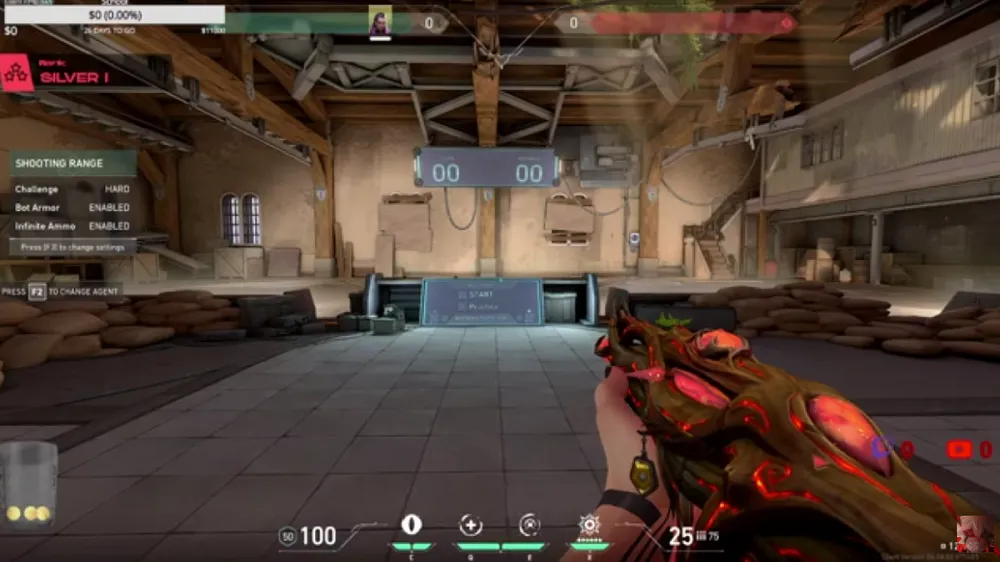In a world where everything runs at lightning speed, realistic time has become the cornerstone of effective living. From business deadlines to personal growth, understanding how time truly works—rather than how we want it to—can make the difference between chaos and control.
This guide takes a deep dive into realistic time management, how to apply it in daily life, and why so many people misunderstand the concept. You’ll explore practical examples, research-backed methods, and strategies that blend logic with flexibility.
What Is Realistic Time?
Realistic time refers to the actual amount of time something takes to complete, not the idealized version you imagine. It’s about balancing optimism with accuracy—acknowledging that every task has real-world constraints.
For instance, you might plan to write a report in two hours, but experience shows it usually takes three because of research, edits, and review. Recognizing that difference is what makes your schedule realistic.
Think of it as the intersection between time perception and time execution. You can dream big, but your timeline must still fit into a 24-hour day.
Why Realistic Time Matters in Everyday Life
Many of our daily frustrations come from unrealistic time expectations. You plan to “just check email” and an hour disappears. You expect to reach work in 20 minutes, then traffic doubles that.
Here’s why realistic timing is crucial:
| Area of Life | Unrealistic Time Impact | Realistic Time Impact |
| Work | Missed deadlines, stress | Improved focus, better productivity |
| Personal Goals | Burnout, disappointment | Steady progress, motivation |
| Relationships | Miscommunication | Reliability, trust |
| Health | Skipped workouts | Sustainable fitness habits |
Realistic time awareness ensures that goals align with actual capacity. It teaches you to work smart, not just work fast.
How Perception Distorts Realistic Time
Humans are notoriously poor judges of time. Psychologists call this time perception bias. Depending on emotions, energy, and engagement, we either underestimate or overestimate duration.
For example:
- Exciting activities feel shorter (watching a movie, gaming).
- Boring tasks feel longer (waiting in a queue).
- Stressful moments stretch perception (public speaking).
This inconsistency explains why your sense of time differs from reality. The brain tracks events in fragments, not seconds. To manage your day better, you need awareness of these biases.
The Science Behind Realistic Time
Research in cognitive psychology reveals fascinating insights into how people process time:
- The Planning Fallacy — coined by Daniel Kahneman and Amos Tversky, it shows how individuals consistently underestimate how long tasks take, even when they’ve done them before.
- Temporal Illusions — our brain compresses time when we’re busy or distracted, leading us to think we have “more time” than we do.
- Task Granularity — breaking tasks into smaller segments increases time estimation accuracy.
By understanding these phenomena, you can train your brain to think more realistically.
Developing a Realistic Time Mindset
Realistic time management starts with honesty—honesty about your limits, habits, and distractions. Here are actionable ways to build that mindset:
1. Track Actual Time Spent
Use a timer or productivity app to record how long tasks truly take. After a week, compare your expectations to reality. You’ll uncover patterns that reveal where your perception diverges.
2. Add Time Buffers
Always include a 10–20% buffer in your schedule. This margin absorbs delays without derailing plans. For example, if you estimate 2 hours, block 2 hours and 20 minutes.
3. Avoid Multitasking
Multitasking creates time distortions. Your attention shifts, making each task take longer than expected. Focused, single-task work keeps you grounded in the real passage of time.
4. Practice Mindful Scheduling
Before agreeing to a deadline, visualize every step required. Ask: “Can I truly do this in the time I’ve allotted?” If not, adjust early—before stress builds.
Realistic Time in the Workplace
In professional settings, time realism determines success. Projects fail not because of lack of talent but because timelines ignore complexity.
Common Workplace Time Traps
| Trap | Description | Solution |
| Overpromising | Committing to deadlines without full information | Include assessment phases before committing |
| Poor Task Breakdown | Estimating large projects as single chunks | Divide into measurable parts |
| Ignoring Human Factors | Forgetting breaks, fatigue, and meetings | Integrate rest and flexibility |
Example:
A marketing team promises a campaign launch in five days. Realistically, design needs three, copywriting needs two, approvals need one. Without buffer time, revisions push deadlines forward. Realistic planning would set eight days instead of five, ensuring smooth delivery and reduced stress.
Applying Realistic Time in Personal Life
Realistic time doesn’t stop at work—it transforms personal well-being too.
Morning Routines
If you think your morning prep takes 15 minutes but it takes 25, you’ll always rush. Time your routine once, then plan accordingly.
Fitness Goals
Expecting visible results in a week leads to frustration. A realistic timeline for physical change is 8–12 weeks, depending on effort and consistency.
Learning New Skills
Mastery takes thousands of hours. Setting micro-goals—like learning 10 new words daily—creates sustainable progress.
The Role of Technology in Realistic Time Management
Today’s tools make it easier to visualize, plan, and manage realistic time. Apps such as Toggl, RescueTime, and Clockify show exact activity logs. Meanwhile, Notion and ClickUp let you integrate estimated vs. actual time on tasks.
Recommended Tools Table
| Tool | Primary Use | Best For |
| Toggl Track | Time tracking | Freelancers and remote workers |
| ClickUp | Task and time estimates | Teams managing projects |
| Notion | Personal organization | Individuals balancing multiple goals |
| Pomofocus | Pomodoro-based timer | People who procrastinate easily |
Technology eliminates guesswork. When you see data in black and white, illusions vanish
Balancing Realistic Time with Flexibility
While realism is vital, rigidity kills creativity. The goal isn’t to box your day minute by minute but to blend structure with adaptability.
You can:
- Use time blocks, not strict timers.
- Review your day each evening.
- Adjust priorities based on momentum.
Quote:
“Time is what we want most, but what we use worst.” — William Penn
That quote sums it up. Realistic time isn’t about squeezing every second; it’s about using time wisely.
Case Study: The Realistic Time Revolution at a Tech Startup
A growing SaaS company struggled with chronic project delays. The founders assumed development sprints would take five days, but real analysis showed they averaged nine.
After adopting realistic time tracking, the team:
- Extended sprint timelines by 25%.
- Reduced burnout by 40%.
- Improved on-time delivery by 60%.
This simple shift in understanding transformed company culture. Deadlines became achievable, and productivity increased naturally.
Common Myths About Realistic Time
| Myth | Truth |
| “Being realistic means being pessimistic.” | It means being prepared and practical. |
| “Realistic time slows you down.” | It actually improves accuracy and consistency. |
| “You can always work faster.” | Human energy has limits; efficiency matters more. |
| “Schedules kill creativity.” | Balanced schedules protect creative energy. |
Dispelling these myths helps you see realistic time as empowerment, not restriction.
How to Teach Realistic Time to Teams and Kids
Learning realistic timing early prevents frustration later.
For Teams:
- Conduct “post-project” reviews to compare expected vs. actual durations.
- Encourage open dialogue about workload limits.
- Use visible progress trackers for motivation.
For Children:
- Use visual timers or colorful clocks.
- Break tasks like homework into 15-minute blocks.
- Celebrate completion accuracy, not speed.
These lessons build lifelong time awareness.
Practical Tips for Mastering Realistic Time
- Record everything for one week.
You’ll be shocked by hidden time drains like social media or waiting periods. - Respect transition times.
Don’t schedule back-to-back events. Humans need mental reset gaps. - Evaluate energy, not just hours.
Productivity fluctuates; match high-focus tasks to high-energy windows. - Plan weekly reflections.
Adjust expectations based on what actually happened. - Communicate boundaries clearly.
Realistic timelines rely on honest communication.
Conclusion: Living in Realistic Time
Realistic time isn’t about cutting dreams short—it’s about grounding them in reality. When you understand time’s real rhythm, you unlock freedom. You stop chasing impossible schedules and start building steady success.
The truth? You can’t stretch hours, but you can stretch how well you use them. Realistic time is the bridge between ambition and achievement.
Start small, track honestly, and plan smarter. Once you master realistic time, life stops rushing—you start leading it.













Leave a Reply